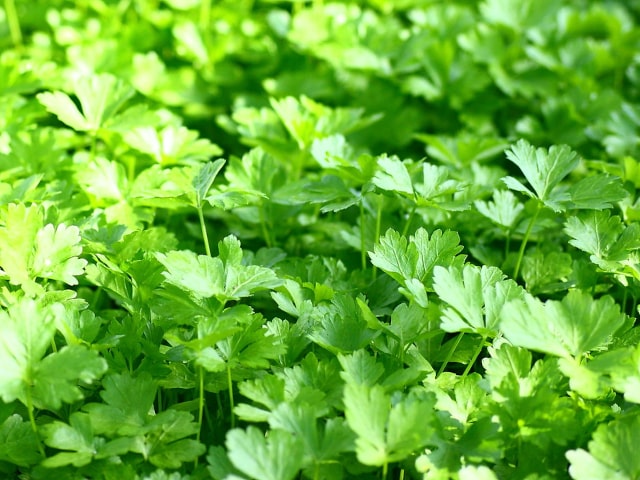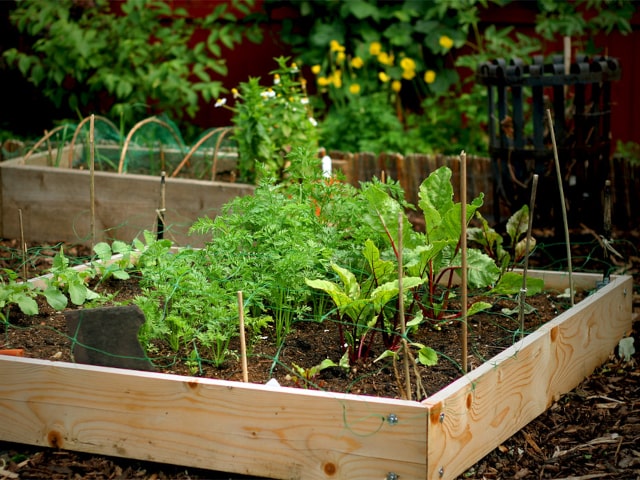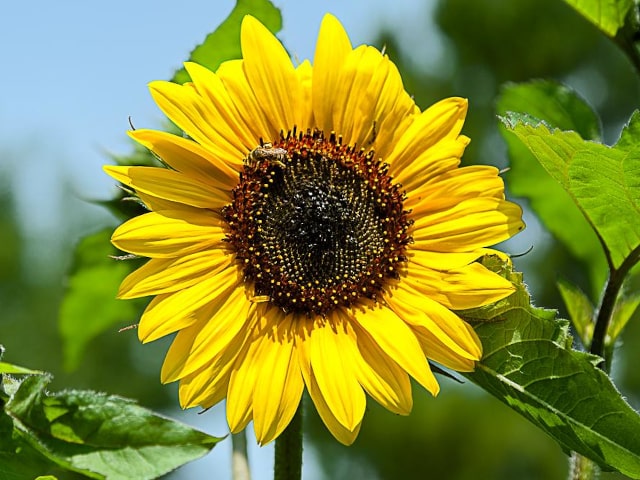
There are some useful veggies you can plant in the summer for fall harvest. This is a great way to get some fresh and tasty food in the fall. You might think that the most of your gardening efforts should happen in April and May. If this is what you believe, think again!
While planting veggies and other plants in the spring brings certain advantages, this is not the only way to go. In fact, harvesting in the summer is just one of the possibilities. Of course you should take advantage of those spring and summer warm months, but you don't have to give up just because the summer is over.
In fact, you can do something really useful: plant another season in your garden. Once the first vegetables are harvested, plant new ones so you can have a great harvest in the fall. To get the most out of this, it's important to know which veggies are best to be planted in summer so you can harvest them in the fall with great results.
The Trick of Summer Planting
To get the most out of the fall planting, you need to start in the summer. July is the best month to begin with your "second season" in the garden. This is a particularly good period for gardeners in Zones 4-6. It will give your plants some much-necessary time to harden before the first frost.
As a rule of thumb, you should add about two weeks to the date to maturity written on the seed package. This needs to be done to protect yourself from surprises It will account for lower light and cooler temperatures you might encounter in late summer and early fall. This is the time when plants grow slower, so you need to keep this in mind to make the most out of your harvest.
However, keep in mind that many vegetables actually taste better if they are grown in moderately cooler temperatures. Some veggies, such as Swiss chard, actually taste much better after a light frost, so keep this in mind if you wish to grow vegetables in the second part of the year.
If you decide to use succession planting (to plant another round of vegetables after you harvest the first one) is that plants will typically have larger than normal leaves. This is particularly true for lettuce and many other greens. It happens because when the light levels drop, the plant tends to grow larger leaves in order to capture more light.
Specific Veggies to Grow
Here are some great vegetables you can grow in summer and early fall. Keep in mind that each veggie has its own specific requirements to thrive. However, they are all great for growing later in the season.
- Peas. Pease are excellent vegetables to grow in summer. They can be harvested late in summer for plenty of fresh food. Another good way to go is to sow bush beans until late July. It will give you a decent crop to harvest in the summer.
- Forest Green Parsley and Other Greens. This is a varied group of vegetables that include spinach, leaf lettuce, parsley, dill, cilantro and arugula. All of them can be sown in the summer, from mid-July through August. This is particularly true for Forest Green Parsley. This is a great plant to grow and it tastes better than the flat leaf parsley.
- Purple Basil. This is a great plant to grow mid to late July. It's particularly great as succession planting. Plant more basil if your original basil started flowering, which will make it taste a bit bitter. This is a great opportunity to plant more basil for pesto. You may also plant the more aromatic varieties of basil to experiment in the kitchen. These aromatic varieties are great for making infusions, candy and drinks.
- Other veggies to grow. Mid-July is a good time to grow some other vegetables, such as broccoli, cabbage, Brussels sprouts or kohlrabi. Also, you may want to plant another round of root crops, such as carrots, radishes, beets and parsnips.
What to do at the End of Summer
Once the cold temperatures hit you can protect your veggies by covering them with blankets during night. You can use homemade blankets from materials you can find in your house or you may use special frost blankets you can buy at a garden center.
In case you have used succession planting and if you've got another crop of vegetables in your garden during fall, you can build special cold frames and hoop houses over your raised beds to protect the plants.
Photo credit: Dominik




0 Comments